Gyeongbokgung Palace Jagyeongjeon Tea Ceremony (경복궁 자경전 다례체험행사)
868.8944298749311m 12065 2020-03-12
161, Sajik-ro, Jongno-gu, Seoul
• 1330 Travel Hotline: +82-2-1330 (Korean, English, Japanese, Chinese) • For more info: +82-2-3210-4683
This traditional tea ceremony experience takes place at Jagyeongjeon Hall in Gyeongbokgung Palace every Saturday and Sunday. Participation is by reservation on a first come, first serve basis.
The ceremony includes a tea culture demonstration and experience, making honey cakes, traditional etiquette introduction, and lectures related to tea culture. To participate in the tea ceremony, download the application form from the Korea Cultural Heritage Foundation website and submit the form through email.
Nwijo (뉘조)
872.2561092620915m 14685 2024-03-06
27 Insadong 14-gil, Jongno-gu, Seoul
+82-2-730-9311
Nwijo is a Korean table d'hote restaurant located in Insa-dong where you can enjoy course meals made from hundreds of wild herbs. Starting with pumpkin porridge and water kimchi, basic dishes such as wild herb salads, pancakes, kimchi with boiled pork slices, and mixed roots are served along with set menu and wild herb enzymes as a standard part of the meal.
Bukchon-ri Dullegol (북촌리둘레골)
882.1247325726509m 96 2021-03-19
44 Insadong 14-gil Jongno-gu Seoul
+82-2-747-9700
A restaurant with Korean traditional house-themed interior design. The representative menu is Korean table d''hote. This is a Korean cuisine located in Insa-dong, Seoul.
Insadong Sagwanamu (인사동사과나무)
886.3382137068112m 174 2021-03-29
24-1, Insadong 14-gil, Jongno-gu, Seoul
+82-2-722-5051
This is where you can dine on the outdoor terrace. This restaurant's signature menu is steak. This Western dishes restaurant is located in Jongno-gu, Seoul.
Nuri (누리)
888.5888758399545m 7603 2019-11-26
23, Insadong 14-gil, Jongno-gu, Seoul
+82-2-736-7848
Located in the neighborhood of Insa-dong, traditional Korean lunch box and tea restaurant Nuri brings out the true beauty of hanok while implementing western dining culture with tables and chairs.
Nuri uses the finest grains directly from agricultural regions throughout the country, offering nutritious rice along with mildly seasoned side dish menus, taking advantage of the ingredients' natural flavors. Nuri uses its effective take-out and delivery system to cater to businesses and events.
Let's Jongno Festival (종로축제 렛츠종로)
892.869901761216m 0 2023-09-19
84 Donhwamun-ro, Jongno-gu, Seoul
+82-10-4746-1773 / +82-70-4600-5719
Let's Jongno Festival is comprised of nine smaller festivals themed on traditional culture taking place throughout the Jongno district in October. Both local residents and visitors from near and far are invited to participate in the many activities. The festival kicks off with Jongno Culture Night during the first week of the month, followed by Gugak-ro Road Festa, Donghwamun-ro Road Culture Festival, and K-Jewelry Festival the second week; Jongno Hanbok Festival, Bukchon Craft Studio Festival, and Traditional Food Festival the third week.
Sarangchae (사랑채)
898.3417632129049m 9622 2016-12-30
6, Insadong 16-gil, Jongno-gu, Seoul
+82-2-737-1155
Sarangchae is located in Insa-dong, one of the most famous neighborhoods visited by tourists. Majority of the restaurant's customers are foreigners, and they offer reasonably priced Korean dishes that are highly popular among foreign visitors.
853 (팔오삼)
910.731949332543m 77 2024-03-15
16 Insadong 12-gil, Jongno-gu, Seoul
+82-70-8832-0853
853 is a pork barbecue restaurant located in a renovated hanokin Insa-dong, offering various cuts of pork such as shoulder, belly, blade-end fatback, and pork neck. They use thick cuts of domestically sourced pork and grill them to perfection, ensuring they are juicy and flavorful. Customers can enjoy dipping their meat in one of four sauces: Himalayan rock salt, mustard seeds and wasabi, salted cutlassfish intestines, and barley mixed paste. Their flying fish roe riceball mixed with pickled radish salad, burdock root, flying fish roe, perilla leaves, and mayonnaise pairs perfectly with the meat.
Okjeong (옥정)
912.7353130768076m 20937 2021-03-19
18, Insadong, 12-gil, Jongro-gu, Seoul
+82-2-733-5412
A traditional Korean restaurant serving hanjeongsik (Korean table d'hôte) for 30 years now. The representative menu is Korean table d''hote. This is a Korean cuisine located in Insa-dong, Seoul.
Gyeongbokgung Palace (경복궁)
913.2735296724853m 1752365 2024-06-19
161, Sajik-ro, Jongno-gu, Seoul
+82-2-3700-3900
Gyeongbokgung Palace was built as the official palace of the Joseon dynasty by Yi Seong-gye, who becomes King Taejo and the founder of the new regime. Gyeongbokgung Palace is commonly referred to as the Northern Palace because its location in the north of Changdeokgung Palace in the east and Gyeonghuigung Palace in the west. Gyeongbokgung Palace is arguably the most beautiful and is the largest of all five palaces. Many Joseon kings were crowned here, including the 2nd King Jeongjong, 4th King Sejong, 6th King Danjong, 7th King Sejo, 9th King Seongjong, 11th King Jungjong, and the 13th King Myeongjong. The premises were once destroyed by fire during the Imjin War (1592-1598). However, all of the palace buildings were later restored under the leadership of Heungseondaewongun during the reign of King Gojong. The assassination of Empress Myeongseong, however, resulted in Gyeongbokgung Palace losing its function as a royal palace, eventually witnessing the downfall of the Joseon dynasty. Gyeongbokgung Palace retains the original Gyeonghoeru Pavilion, a prime example of Joseon architecture, and the Hyangwonjeong Pavilion and pond. The sculptures in the Geunjeongjeon Hall exemplify Joseon-era sculpture techniques. The west side of the area outside Heungnyemun Gate is occupied by the National Palace Museum of Korea, while the eastern side of Hyangwonjeong Pavilion within the Gyeongbokgung Palace is occupied by the National Folk Museum of Korea.
* Major cultural heritages
1) [Historic Site] Gyeongbokgung Palace
2) [National Treasure] Geunjeongjeon Hall of Gyeongbokgung Palace
3) [National Treasure] Gyeonghoeru Pavilion of Gyeongbokgung Palace
4) [Treasure] Jagyeongjeon Hall of Gyeongbokgung Palace
5) [Treasure] Chimney with Ten Symbols of Longevity in Relief at Jagyeongjeon Hall of Gyeongbokgung Palace
6) [Treasure] Chimneys in Amisan Garden of Gyeongbokgung Palace
7) [Treasure] Geunjeongmun Gate and Corridor of Gyeongbokgung Palace
8) [Treasure] Wind Streamer Pedestal of Gyeongbokgung Palace
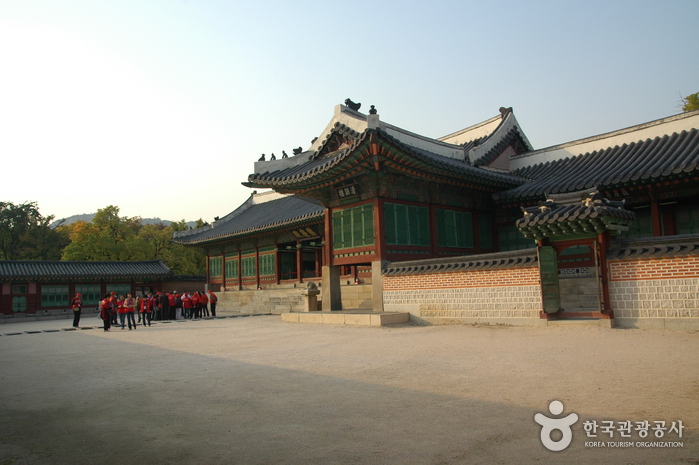
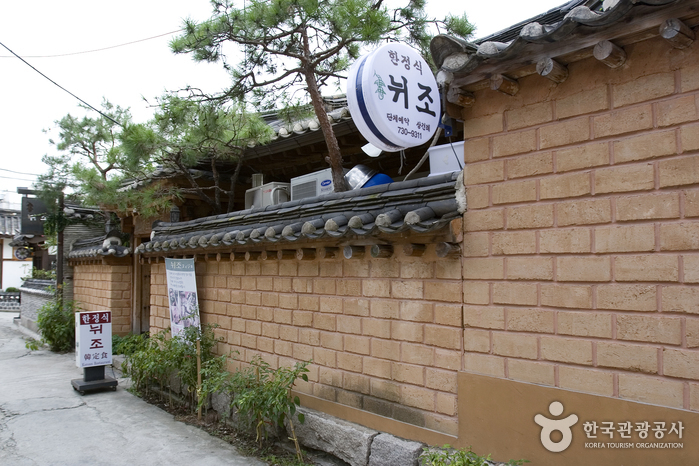
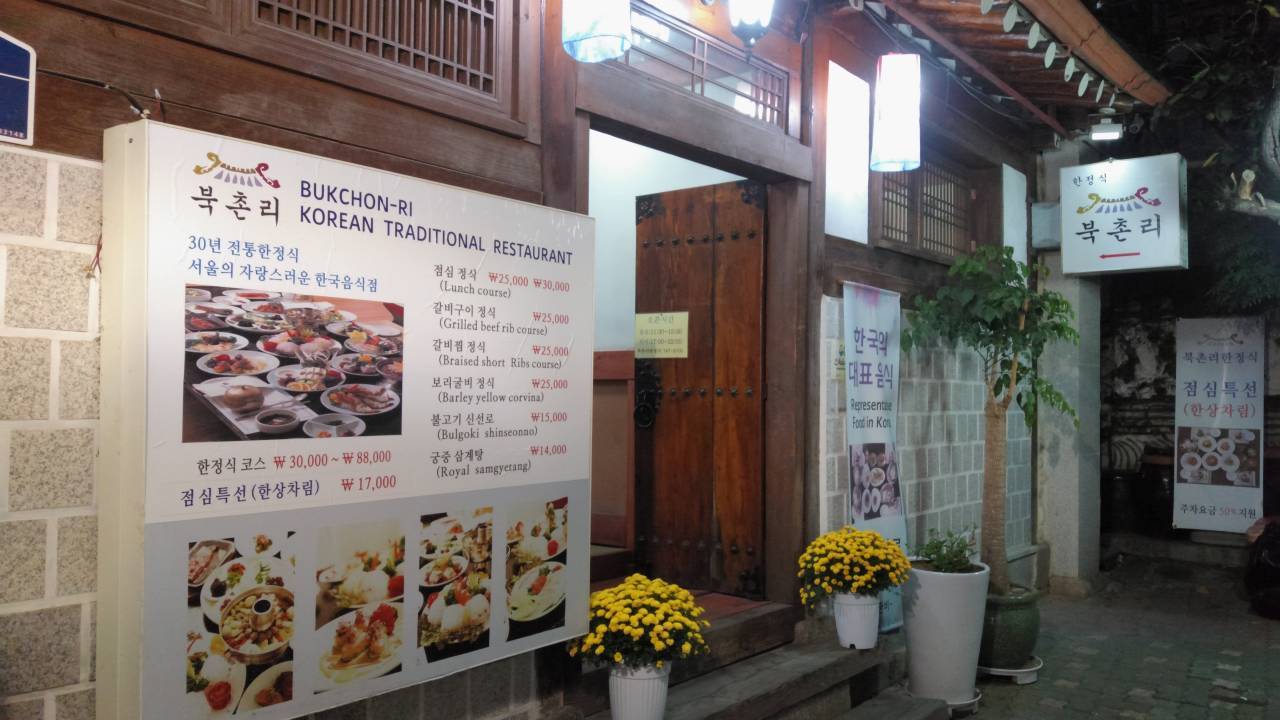
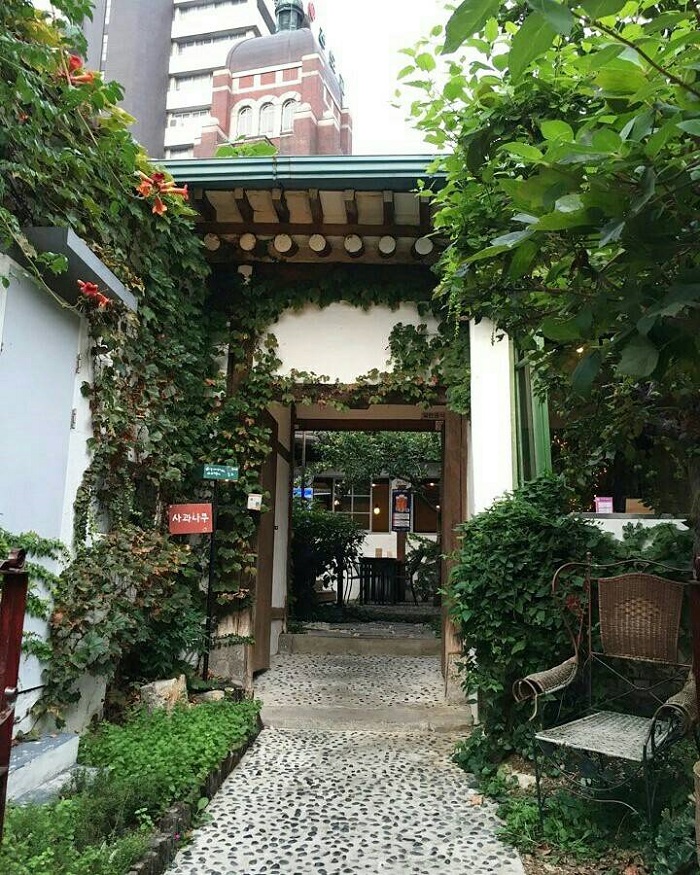
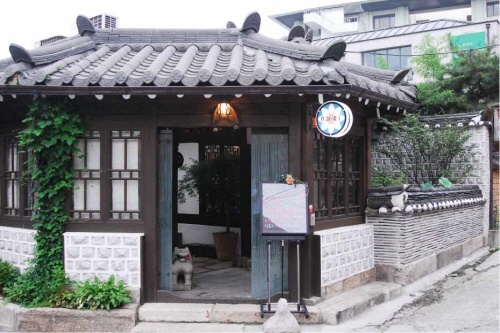
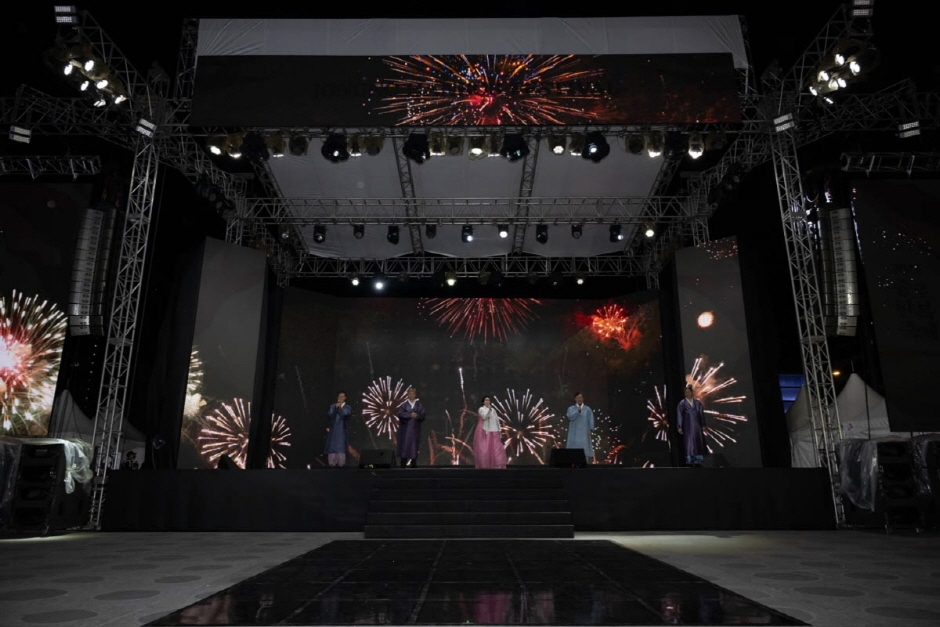

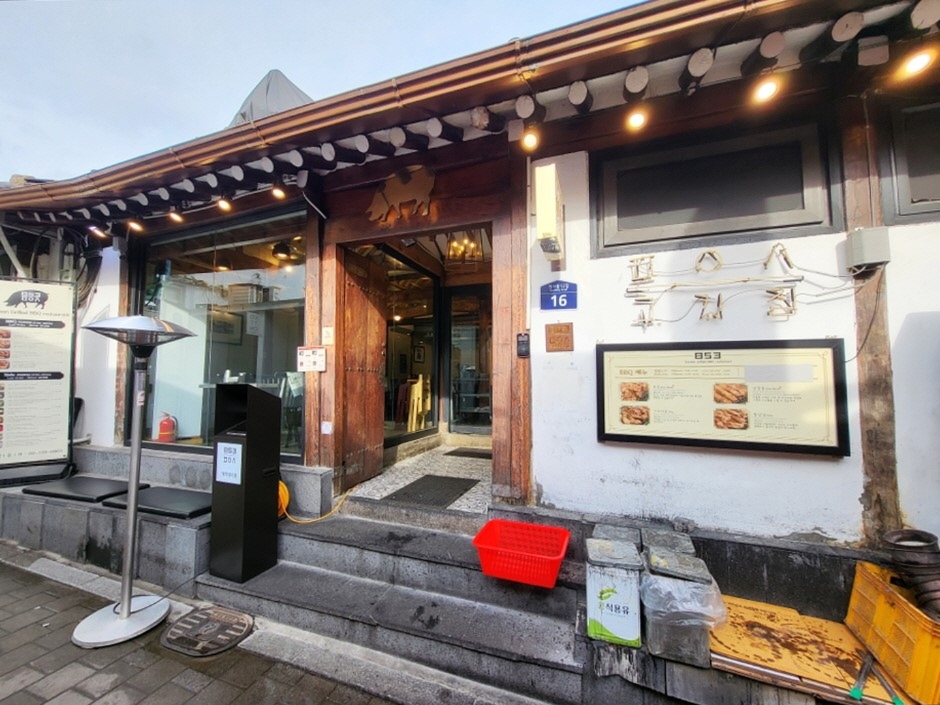
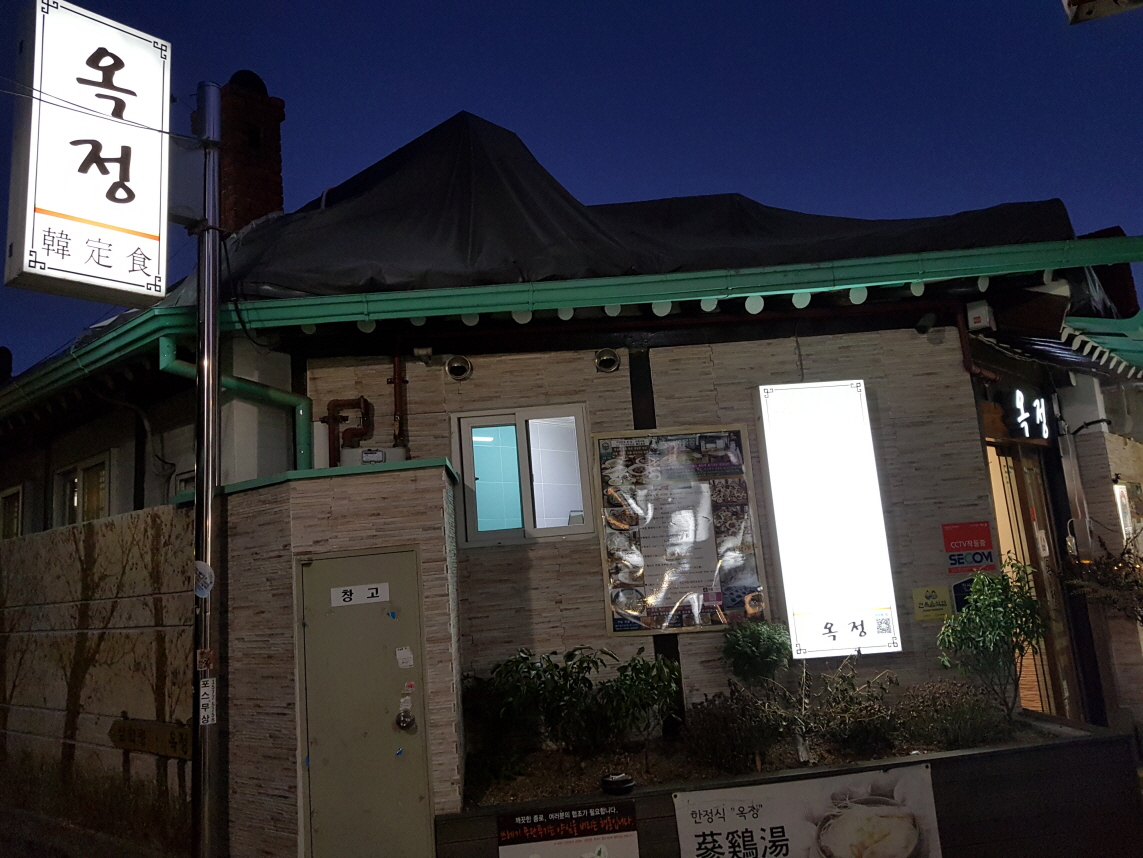
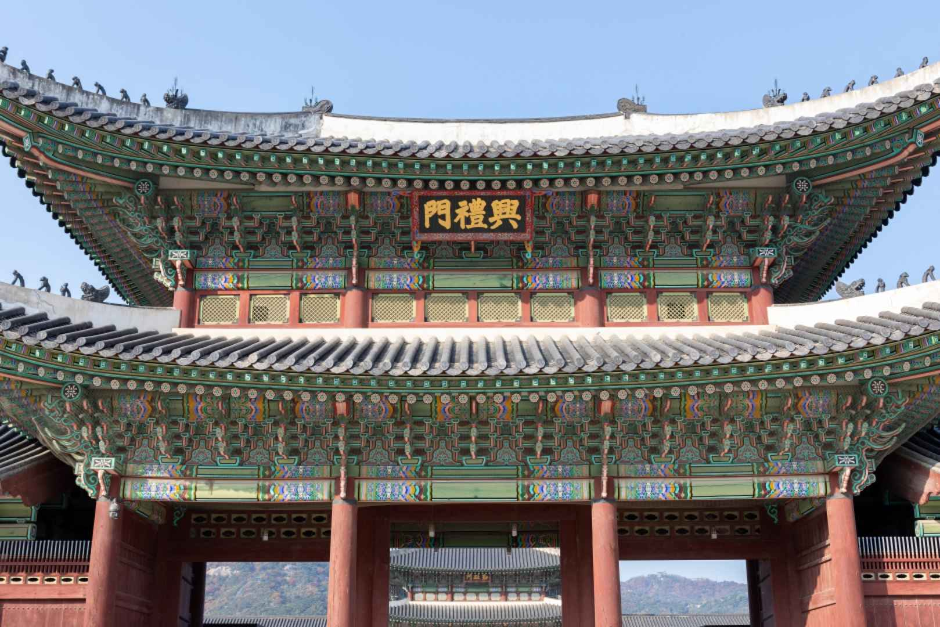
 English
English
 한국어
한국어 日本語
日本語 中文(简体)
中文(简体) Deutsch
Deutsch Français
Français Español
Español Русский
Русский